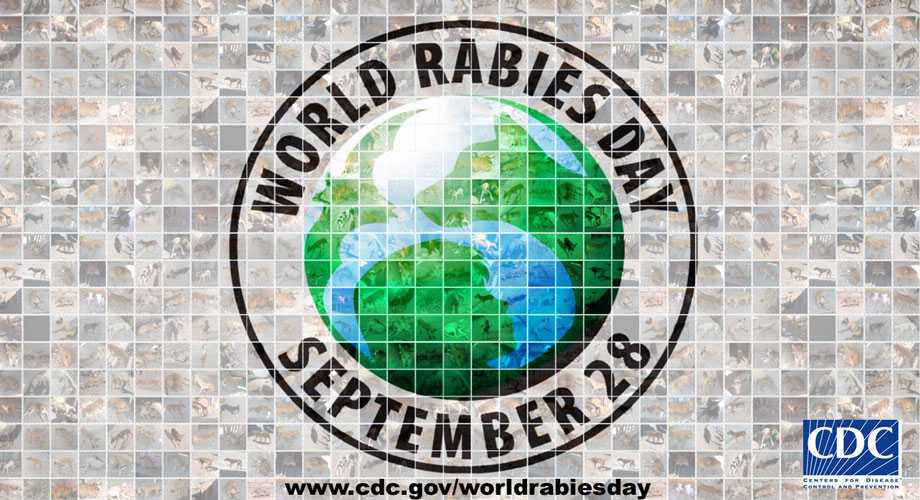Rabies is a preventable viral disease of mammals most often transmitted through the bite of a rabid animal. The vast majority of rabies cases reported to the Centers for Disease Control and Prevention (CDC) each year occur in wild animals like raccoons, skunks, bats, and foxes.
The rabies virus infects the central nervous system, ultimately causing disease in the brain and death. The early symptoms of rabies in people are similar to that of many other illnesses, including fever, headache, and general weakness or discomfort. As the disease progresses, more specific symptoms appear and may include insomnia, anxiety, confusion, slight or partial paralysis, excitation, hallucinations, agitation, hypersalivation (increase in saliva), difficulty swallowing, and hydrophobia (fear of water). Death usually occurs within days of the onset of these symptoms.
News
- Former Richland woman makes difference through CDC
- Establishment of a Canine Rabies Burden in Haiti through the Implementation of a Novel Surveillance Program [PDF-2.4MB]
- New Rabies Virus Variant Found in New Mexico
- One Health Workshop Works Towards Rabies Elimination in Haiti
- Antibody Response of Cattle to Vaccination with Commercial Modified Live Rabies Vaccines in Guatemala
- Estimating the Global Burden of Endemic Canine Rabies
- Knowledge, Attitudes and Practices Regarding Rabies and Exposure to Bats in Two Rural Communities in Guatemala
- Rabies Vaccine Preserved by Vaporization is Thermostable and Immunogenic
- Animal Bite and Rabies Postexposure Prophylaxis Reporting—United States, 2013
- Clinical Management and Humoral Immune Responses to Rabies Post-Exposure Prophylaxis Among Three Patients Who Received Solid Organs from a Donor with Rabies
Get Email Updates
To receive email updates about this page, enter your email address:

- Page last reviewed: September 28, 2017
- Page last updated: September 28, 2017
- Content source:


 ShareCompartir
ShareCompartir






